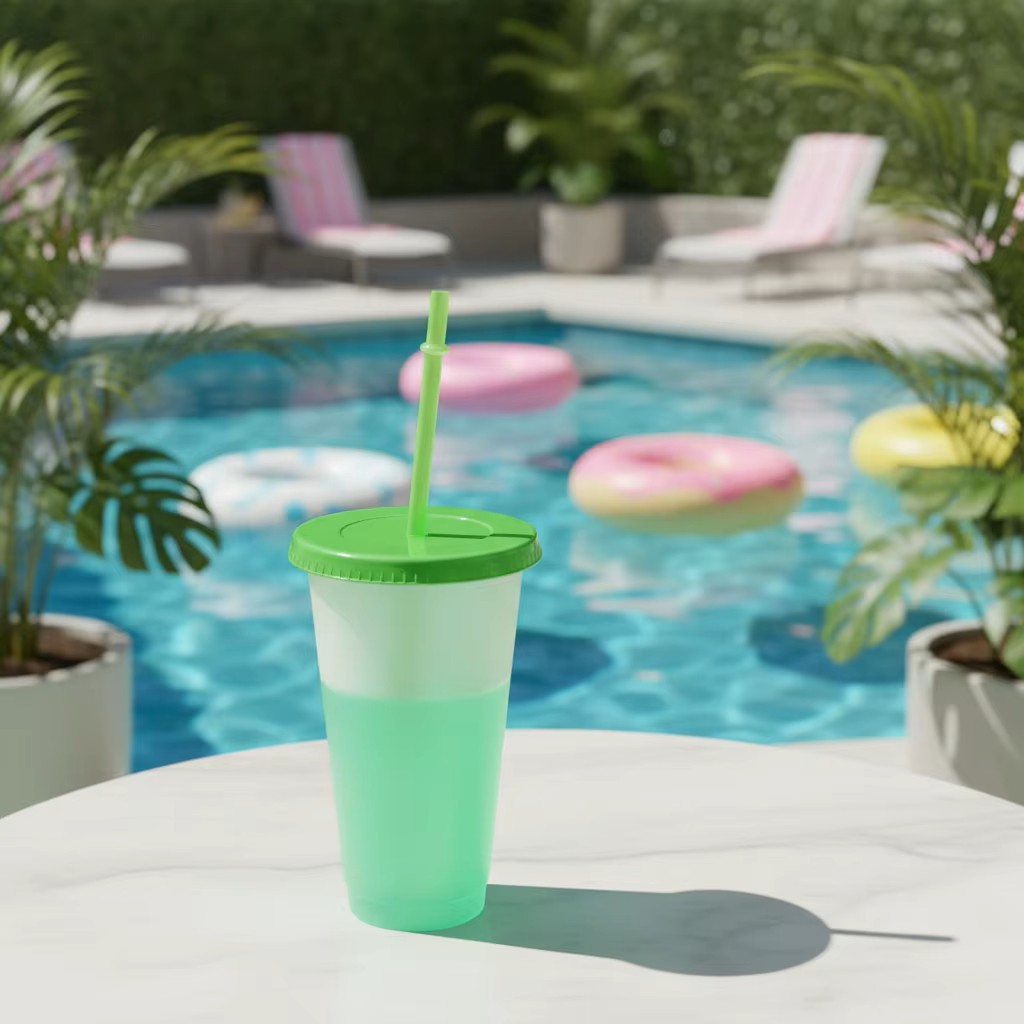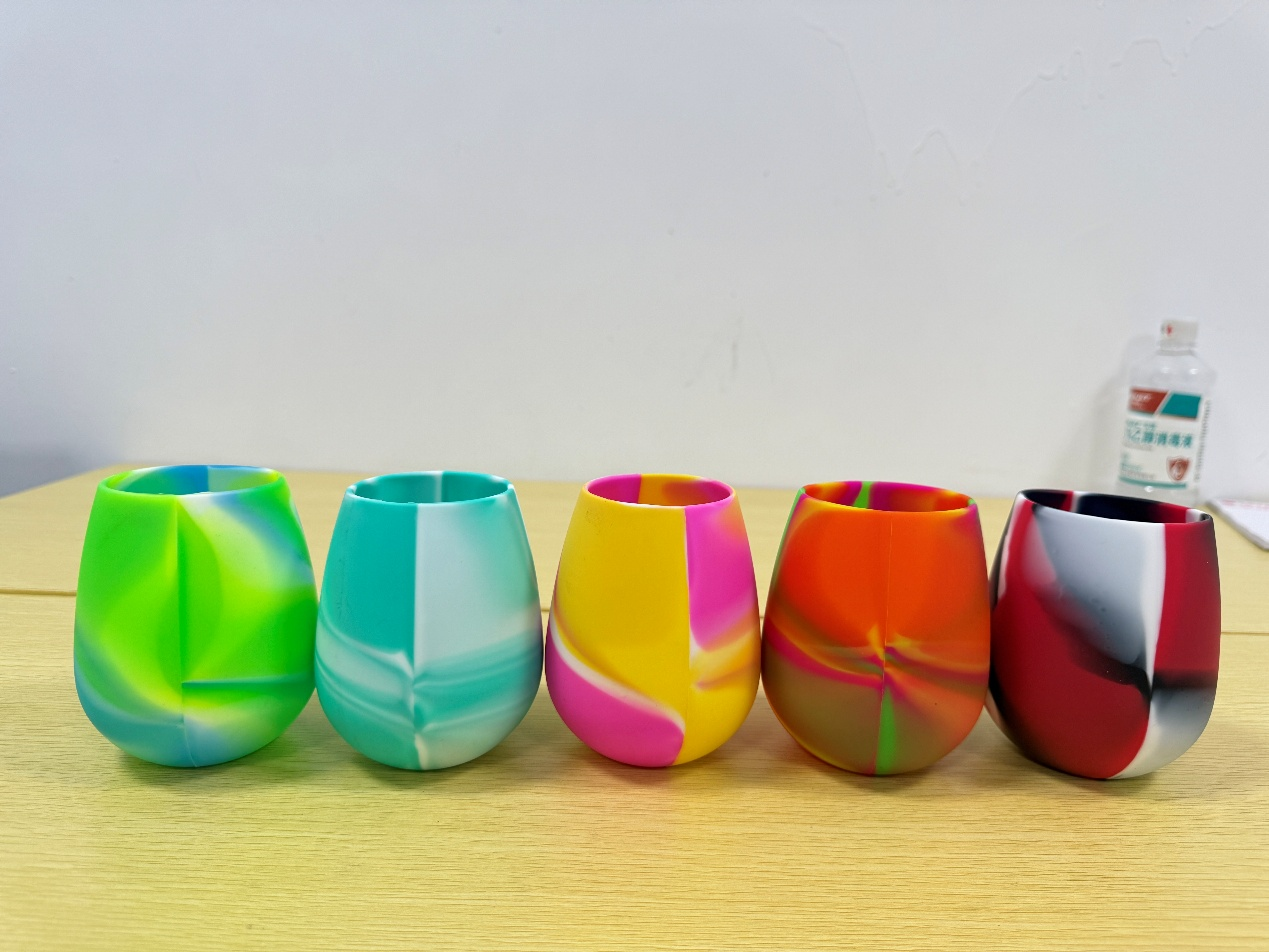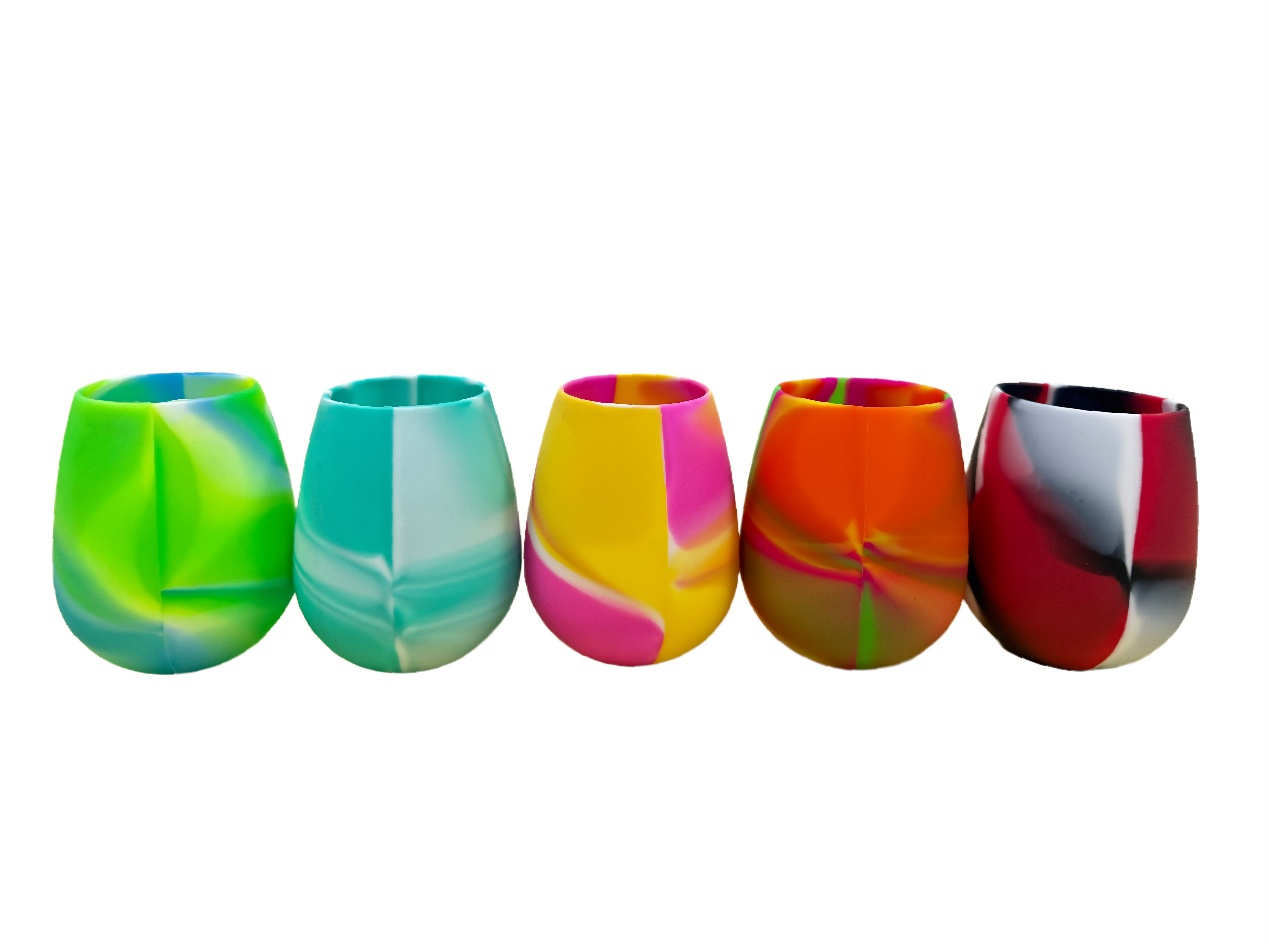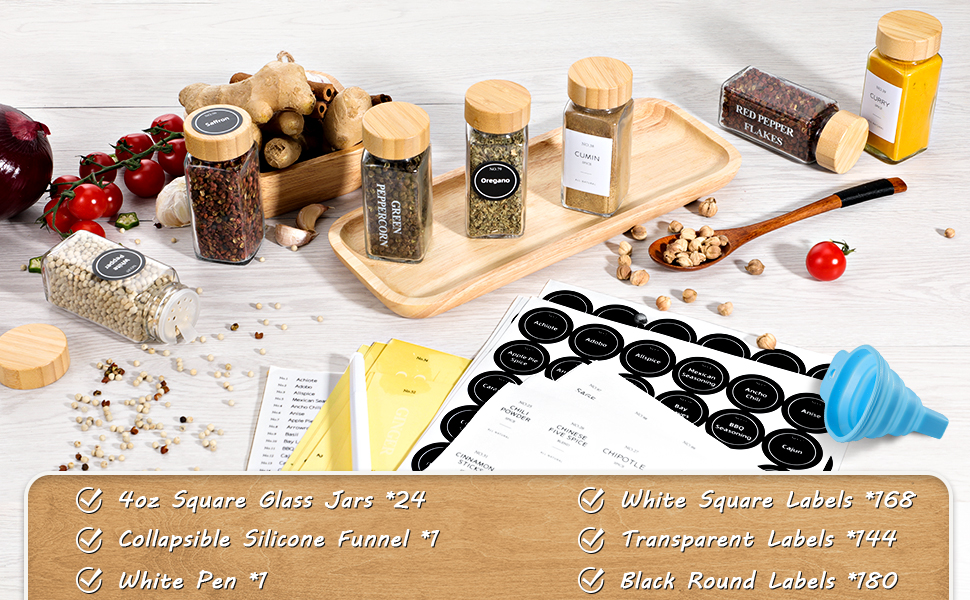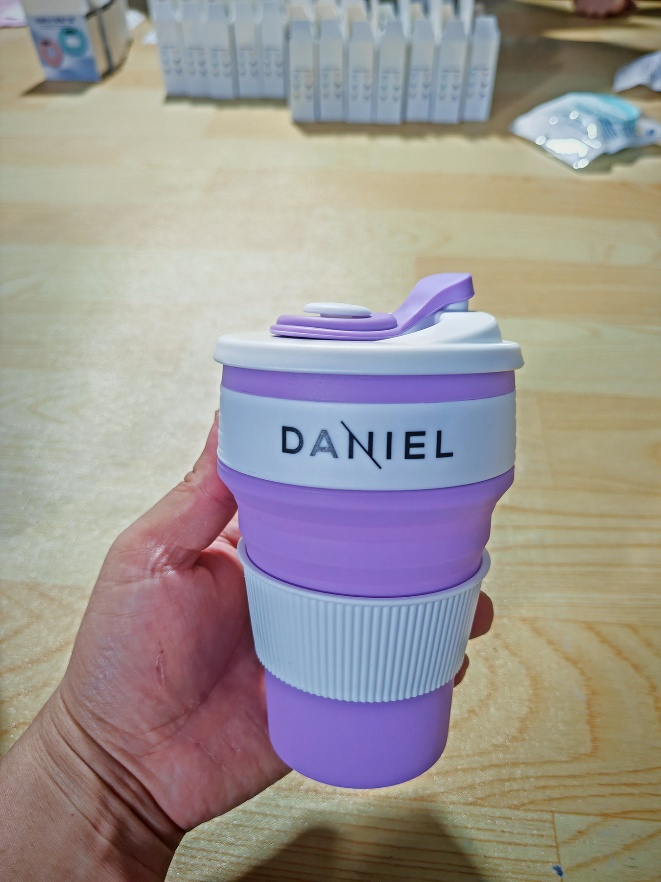FRP tank is a non-metal composite tank in which resin and glass fiber are wound by a computer controlled machine. It has the advantages of corrosion resistance, high strength, long life, flexibility in design, and manufacturability. According to the characteristics of FRP tanks, FRP tanks are widely used in chemical, environmental protection, food, pharmaceutical, printing and dyeing and other fields, gradually replacing carbon steel and stainless steel in most mayor/market fields.
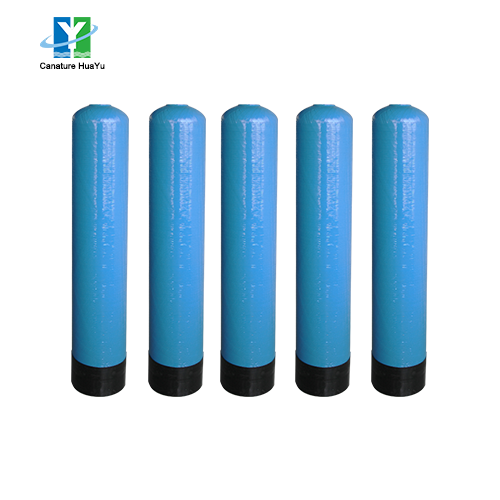
The status quo of the FRP tank industry:
(1) Good mechanical and physical functions
The data density of FRP is generally 1.2 ~ 1.9G/CM3, which is about 1/5 ~ 1/4 of steel. It has stronger strength and better physical function than steel, cast iron, plastic, etc., and the thermal expansion coefficient is roughly equivalent to steel. A thermal conductivity of as little as 0.5% of steel is a suitable good thermal and electrical insulator.
(2) chemical corrosion resistance
When transporting or storing corrosive media, FRP has a special refractory basic function that is several times longer than ordinary steel pipes, dozens of times or even much longer than stainless steel. However, the anti-corrosion function of FRP pipes and FRP tanks has a lot to do with basic materials, humectants, medium properties, use conditions, wall thickness structure and temperature. For the detailed media and operating conditions, only the correct choice of raw materials and structures can achieve the desired anti-corrosion effect.
(3) Excellent hydraulic properties
Hydraulic characteristics are one of the main characteristics of pipelines. Excellent hydraulic characteristics mean that the fluid head loss is small. You can choose a transport pump with a small pipeline diameter or a small power, and then reduce the initial investment in pipeline engineering, save electricity, and reduce working capital. The inner appearance of the FRP pipe is properly lubricated, which can be said to be a "hydraulic lubricating pipe". During operation, the internal appearance of steel pipes, cast iron pipes, cement pipes, etc. is often partially corroded and becomes more and more rough, while FRP pipes always keep the appearance of new pipes in a lubricated state.
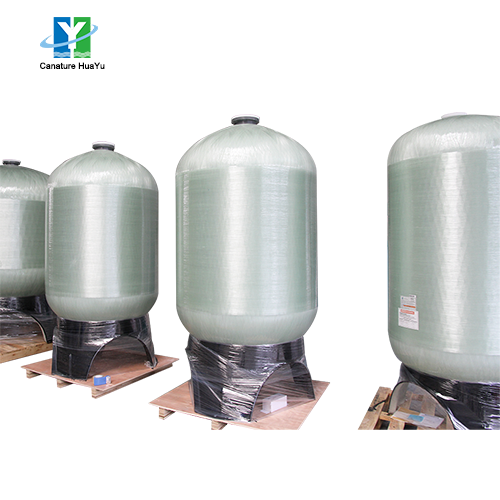
(4) Low equipment maintenance cost
FRP tanks do not require special anti-corrosion treatment, the insulation layer is thinned or does not require insulation treatment. The pipeline is light, the lift is simple, and the power consumption is small, which can simplify the support structure or base. The length of glass steel pipe is longer than that of steel pipe, and the joints are relatively reduced.

 English
English Español
Español Português
Português русский
русский français
français 日本語
日本語 Deutsch
Deutsch Tiếng Việt
Tiếng Việt Italiano
Italiano Nederlands
Nederlands ไทย
ไทย Polski
Polski 한국어
한국어 Svenska
Svenska magyar
magyar Malay
Malay বাংলা
বাংলা Dansk
Dansk Suomi
Suomi हिन्दी
हिन्दी Pilipino
Pilipino Türk
Türk Gaeilge
Gaeilge عربى
عربى Indonesia
Indonesia norsk
norsk اردو
اردو čeština
čeština Ελληνικά
Ελληνικά Українська
Українська Javanese
Javanese فارسی
فارسی தமிழ்
தமிழ் తెలుగు
తెలుగు नेपाली
नेपाली Burmese
Burmese български
български ລາວ
ລາວ Latine
Latine Қазақ
Қазақ Euskal
Euskal Azərbaycan
Azərbaycan slovenský
slovenský Македонски
Македонски Lietuvos
Lietuvos Eesti Keel
Eesti Keel Română
Română Slovenski
Slovenski मराठी
मराठी Српски
Српски 简体中文
简体中文 Esperanto
Esperanto Afrikaans
Afrikaans Català
Català עִברִית
עִברִית Cymraeg
Cymraeg Galego
Galego 繁体中文
繁体中文 Latvietis
Latvietis icelandic
icelandic יידיש
יידיש Беларус
Беларус Hrvatski
Hrvatski Kreyòl ayisyen
Kreyòl ayisyen Shqiptar
Shqiptar Malti
Malti lugha ya Kiswahili
lugha ya Kiswahili አማርኛ
አማርኛ Bosanski
Bosanski Frysk
Frysk ជនជាតិខ្មែរ
ជនជាតិខ្មែរ ქართული
ქართული ગુજરાતી
ગુજરાતી Hausa
Hausa Кыргыз тили
Кыргыз тили ಕನ್ನಡ
ಕನ್ನಡ Corsa
Corsa Kurdî
Kurdî മലയാളം
മലയാളം Maori
Maori Монгол хэл
Монгол хэл Hmong
Hmong IsiXhosa
IsiXhosa Zulu
Zulu Punjabi
Punjabi پښتو
پښتو Chichewa
Chichewa Samoa
Samoa Sesotho
Sesotho සිංහල
සිංහල Gàidhlig
Gàidhlig Cebuano
Cebuano Somali
Somali Точик
Точик O'zbek
O'zbek Hawaiian
Hawaiian سنڌي
سنڌي Shinra
Shinra հայերեն
հայերեն Igbo
Igbo Sundanese
Sundanese Lëtzebuergesch
Lëtzebuergesch Malagasy
Malagasy Yoruba
Yoruba




